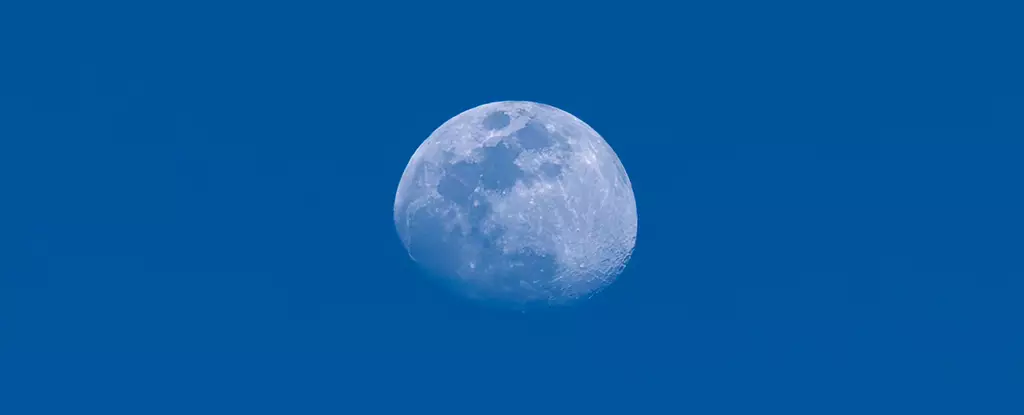The relationship between Earth and the Moon is a subject of great fascination within the scientific community. With the vast distance of approximately 240,000 miles between them, one might wonder how terrestrial phenomena could influence lunar conditions. Recent studies, particularly during the COVID-19 pandemic, have raised questions about this connection, aiming to understand whether reduced human activity on Earth had a measurable impact on temperatures on the Moon. A 2024 study reevaluates an earlier hypothesis that human-induced changes during global lockdowns could correlate with fluctuations in lunar temperatures, prompting a detailed analysis of both the data and the original claims.
The Initial Hypothesis and Observations
The initial premise posited that the significant reduction in carbon emissions during the lockdowns in 2020 could alter the heat radiation emitted by Earth, consequently affecting the Moon’s nighttime temperatures. During April and May 2020, numerous reports documented a decrease in lunar surface temperatures, coinciding with widespread isolation measures on our planet, leading many to speculate whether these events were linked. However, it’s essential to scrutinize the connections drawn. While the reduction in human activity was substantial, the scope of its potential impact on lunar temperatures seemed tenuous at best.
Researchers from the Missouri University of Science and Technology and the University of the West Indies undertook a comprehensive analysis of the existing data. Their findings indicated that the observed drop in Moon temperatures during the 2020 lockdowns was not an isolated event; a similar decline had been recorded in 2018. This cyclical trend challenges the notion that the pandemic-related changes were solely responsible for the temperature fluctuations. Moreover, the data from NASA’s Lunar Reconnaissance Orbiter suggested persistent, cyclical variations over time rather than distinct, pandemic-related drops.
The researchers argued compellingly that linking human behavior directly to the Moon’s temperature dynamics was a considerable oversimplification. “The idea that our activity, or even the lack thereof, could significantly influence lunar temperatures seems improbable,” stated William Schonberg, a civil engineer involved in the study. By emphasizing the historical temperature fluctuations observed prior to the pandemic, they raised valid questions about the completeness and coherence of the initial hypothesis.
Another critical aspect examined by the researchers pertains to the role pollutants and emissions play in atmospheric conditions. A 2021 study indicated that any reductions in emissions during the pandemic primarily influenced the lower layers of Earth’s atmosphere and had minimal effect on the broader atmospheric structure capable of impacting the Moon. The nuances regarding heat retention and reflection brought forth by fewer pollutants, especially during clear nights, suggest that rather than a decrease, lunar temperatures could have experienced an increase due to the clearer view of Earth.
The researchers concluded that the multitude of factors influencing lunar temperature changes far outweigh the transient influences of human activities on Earth. Although they acknowledge that there may be a feeble link between nighttime lunar temperatures and terrestrial heat radiation, asserting that such influence is significant remains dubious.
This analysis underscores the need for caution in interpreting the relationships between human activities and celestial phenomena. The complexities surrounding lunar temperature variations require a nuanced understanding that goes beyond first impressions. The potential for a myriad of contributing factors—from solar radiation to atmospheric conditions on Earth—demands rigorous examination.
While human activity undoubtedly affects our planet’s climate, the claims linking these changes to the Moon’s temperature fluctuations are shown to be overstated. Science thrives on inquiry, and this case exemplifies the importance of revising our understanding in the face of new data. As we continue to explore these cosmic relationships, future research must carefully consider the broader landscape influencing lunar conditions while keeping in mind the exquisite distance that separates us from our celestial neighbor.


Leave a Reply